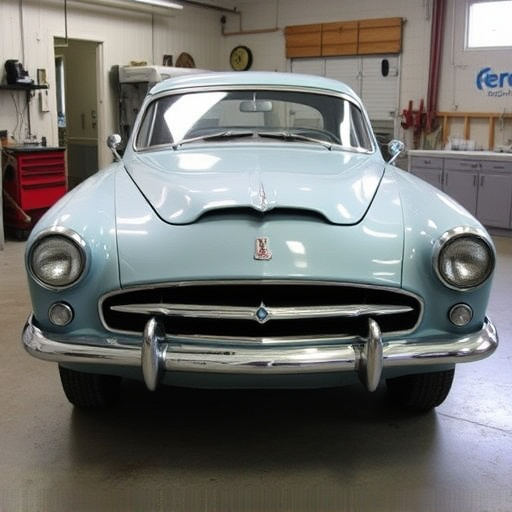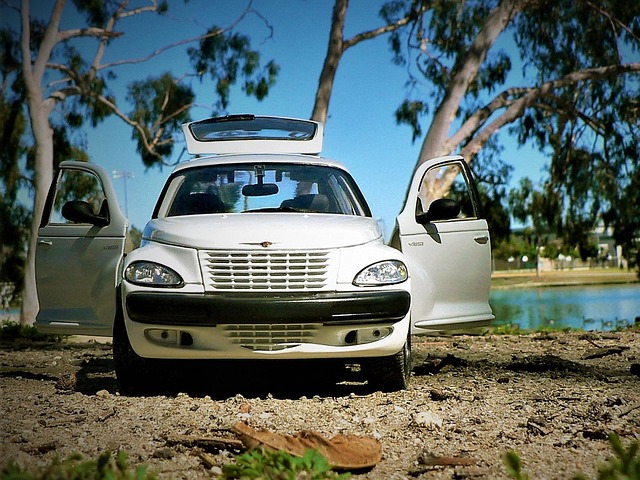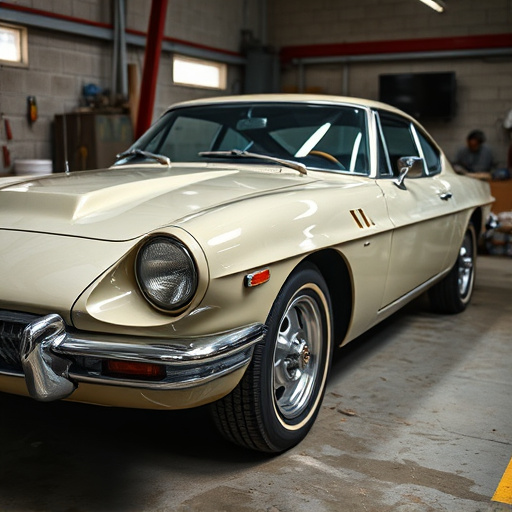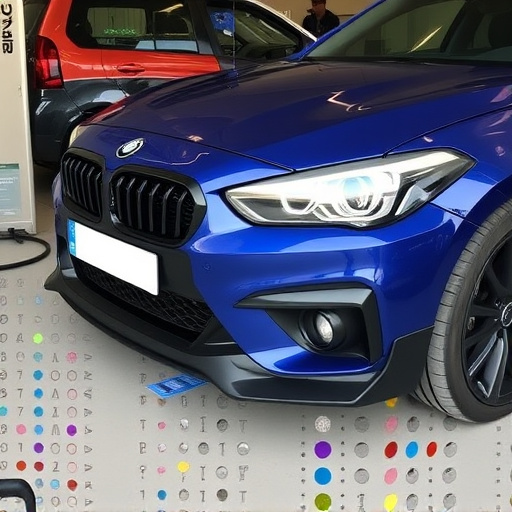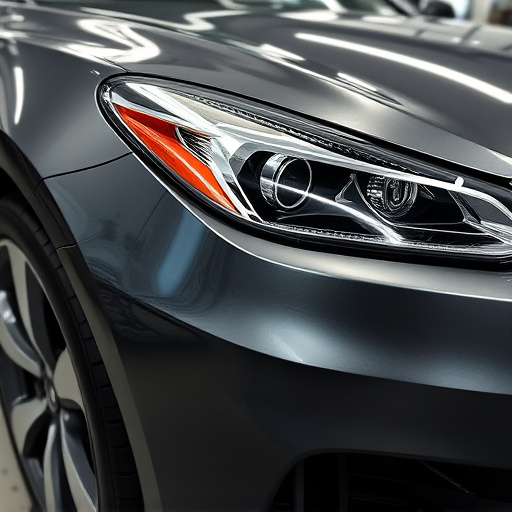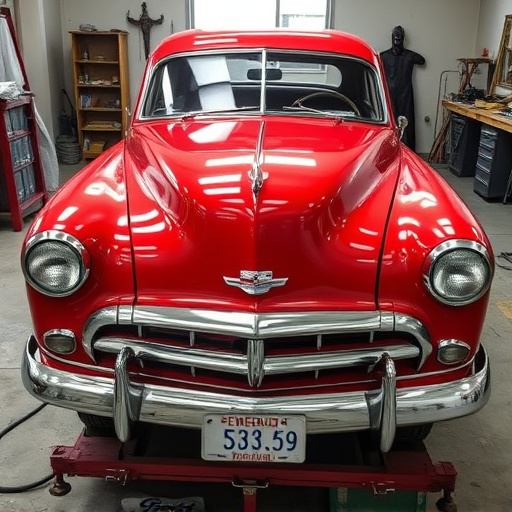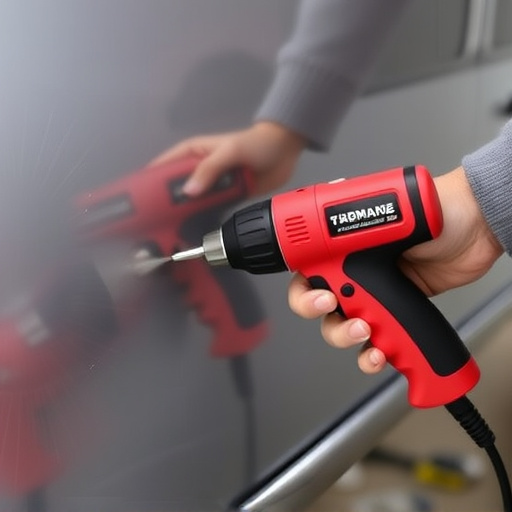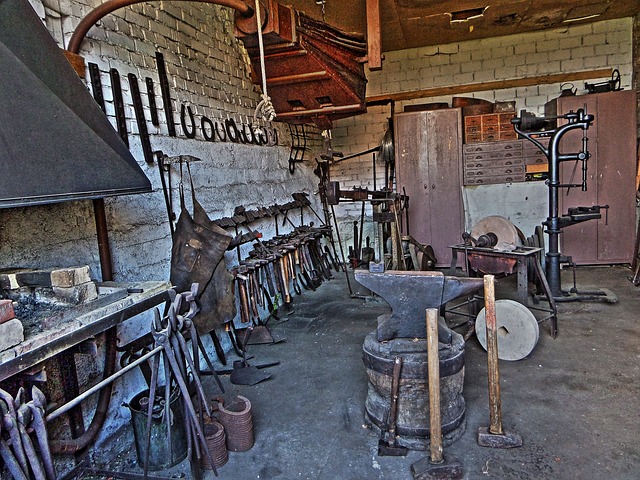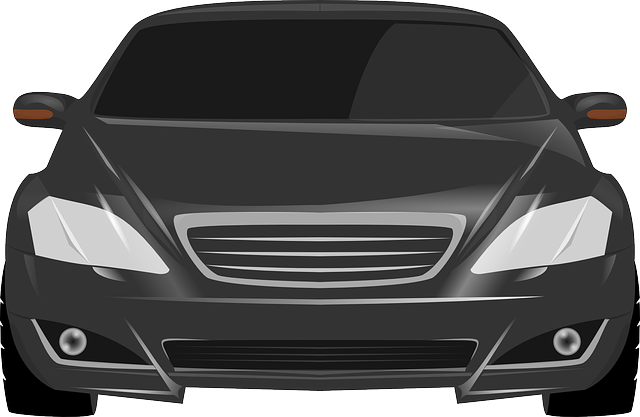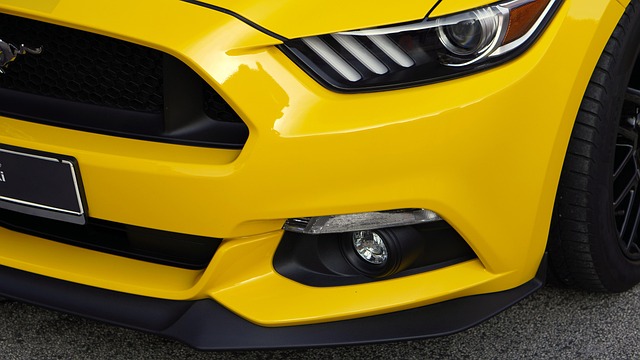The Tesla ultrasonic sensor cover is vital for safety systems like automatic emergency braking and lane departure warning. Regular maintenance and replacement after damage or accidents are crucial. This guide outlines a DIY process or shop repair framework, emphasizing waterproof sealant with high-quality silicone or automotive adhesives for optimal sensor performance in all weather conditions.
Looking to replace your Tesla ultrasonic sensor cover and ensure waterproof sealing? This comprehensive guide is your solution. We’ll first explore the critical role of Tesla’s ultrasonic sensors in autonomous driving, demystifying their functionality. Then, we provide a step-by-step breakdown for an easy replacement process. Additionally, discover effective sealing techniques to maintain water resistance, ensuring your Tesla’s safety and performance.
- Understanding Tesla Ultrasonic Sensor Functionality
- Demystifying the Replacement Process Step-by-Step
- Achieving Waterproofness: Sealing Techniques Explored
Understanding Tesla Ultrasonic Sensor Functionality
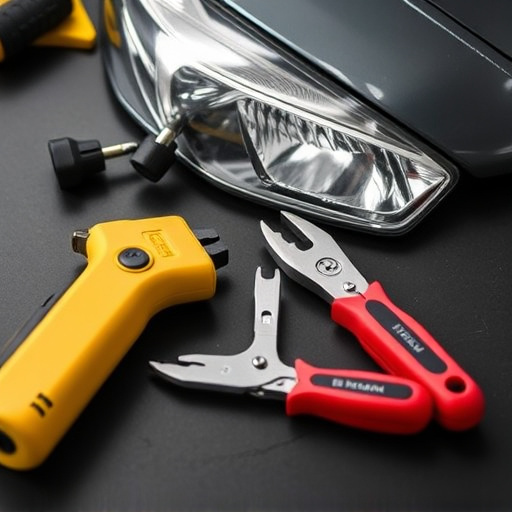
The Tesla ultrasonic sensor is a crucial component in the vehicle’s advanced driver-assistance systems (ADAS), specifically for features like automatic emergency braking and lane departure warning. This technology sends out high-frequency sound waves that bounce off objects, providing data to detect nearby vehicles, pedestrians, and obstacles. By understanding how these sensors work, owners can better appreciate the importance of regular maintenance and prompt replacement when needed, especially after accidents or when signs of damage or malfunction appear.
When it comes to Tesla ultrasonic sensor cover replacement, addressing any issues promptly is vital for both safety and vehicle longevity. A damaged or malfunctioning sensor cover not only affects the sensor’s performance but can also compromise the overall efficiency of ADAS features. Many auto collision centers and reputable auto repair shops offer specialized services for replacing these covers and ensuring proper waterproof sealing to maintain optimal sensor functionality, contributing to a safer driving experience.
Demystifying the Replacement Process Step-by-Step
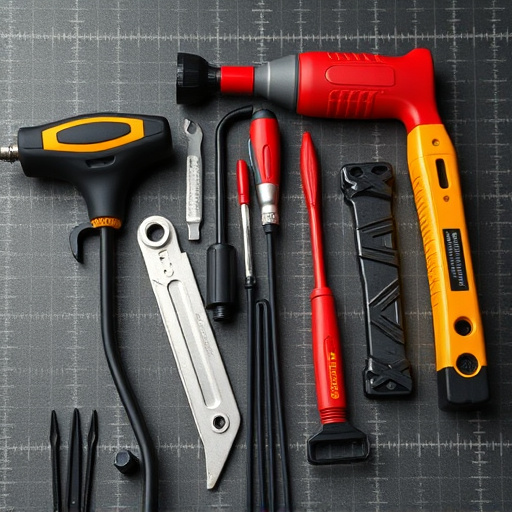
Replacing a Tesla’s ultrasonic sensor cover is an intricate process that, when broken down, becomes manageable for both car enthusiasts and professionals alike. Here’s a demystified step-by-step guide tailored for Tesla owners looking to tackle this task themselves or understand what to expect at their trusted auto body shop.
Start by acquiring the necessary tools: a screwdriver compatible with your Tesla model, high-quality replacement covers designed specifically for ultrasonic sensors, and waterproof sealing agents. Ensure your work area is well-lit and clean. Next, locate the ultrasonic sensor on your vehicle—typically found along the bumper or fender—and carefully remove any existing debris or damage around it. Remove the old cover by unscrewing the necessary bolts, taking note of their positions for easy reassembly. Clean the surface thoroughly to ensure optimal adhesion for the new waterproof sealing. Install the replacement cover, securing it with the original bolts, and apply a bead of waterproof sealant along the edges for extra protection against moisture.
Achieving Waterproofness: Sealing Techniques Explored
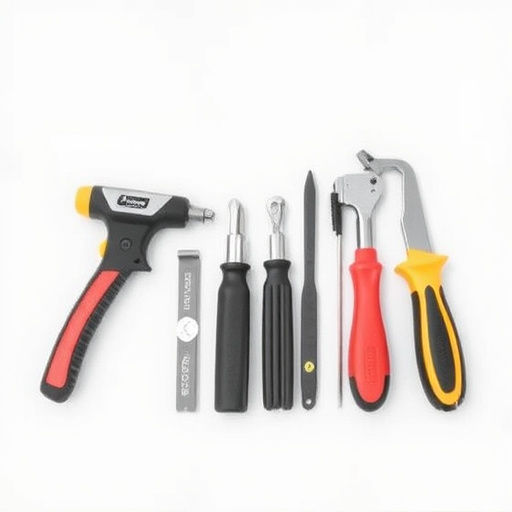
Achieving waterproofness for a Tesla ultrasonic sensor cover replacement is paramount to ensure its longevity and functionality, especially when dealing with adverse weather conditions or minor accidents like a fender bender. The process involves meticulous sealing techniques to prevent water intrusion, which can cause damage to the sensitive components within. One effective method is using high-quality silicone sealants, known for their flexibility and resistance to extreme temperatures. These sealants create a robust barrier, effectively sealing gaps around the sensor cover, protecting it from rain, snow, and even minor vehicle dent repairs.
Additionally, professionals often employ special adhesives designed explicitly for automotive applications, offering superior adhesion and waterproof properties. By combining these sealing techniques with precise installation, the replacement cover can withstand various environmental challenges. This ensures the ultrasonic sensor’s optimal performance, crucial for Tesla’s advanced driver-assistance systems, even when navigating through wet or bumpy roads, effectively mitigating potential issues arising from water damage during a bumper repair or minor collision.
In conclusion, the process of replacing a Tesla ultrasonic sensor cover and ensuring waterproof sealing is both feasible and crucial for maintaining your vehicle’s advanced safety features. By understanding the functionality of these sensors, demystifying the replacement steps, and employing effective sealing techniques, car owners can enhance their Tesla’s performance and peace of mind on the road. Remember that a well-maintained sensor cover is vital to preserving the overall effectiveness of your car’s safety systems.
